The Brachioradialis muscle, found in the forearm, is essential for daily tasks such as lifting and gym training. Understanding and developing this muscle can boost performance, lower injury risk, and increase functional fitness. This article delves into Brachioradialis complexities and recommends an workout routine for maximum development.
What is the Brachioradialis Muscle?
The brachioradialis muscle is a forearm muscle that controls elbow flexion. It travels along the forearm, from the lower end of the humerus (upper arm bone) to the distal end of the radius.
The brachioradialis muscle aids in many forearm movements, including flexion and pronation (turning the palm downwards). It is necessary for actions including lifting, gripping, and bending the elbow.
Importance of Training Brachioradialis
While the brachioradialis is frequently overshadowed by larger arm muscles like the biceps and triceps, failing to train it can lead to forearm imbalances and deficits. Strengthening the brachioradialis increases not only grip strength, but also the overall appearance and utility of the arm.
Benefits Of Brachioradialis Exercises
Brachioradialis workout have various advantages, including targeting the brachioradialis muscle in the forearm. Here are some advantages of adding brachioradialis exercises to your fitness routine:
- Increased forearm strength: Brachioradialis workout work the forearm muscles, enhancing grip strength and endurance.
- Enhanced arm aesthetics: Developing the brachioradialis muscle can help the forearm look more well-rounded and defined, improving the overall appearance of the arms.
- Improved sports performance: Strong brachioradialis muscles can boost performance in gripping sports and activities including rock climbing, tennis, golf, and weight lifting.
- Reduced risk of injury: Strengthening the brachioradialis muscle helps to stabilise the forearm and wrist joints, lowering the likelihood of injury during physical activity and daily duties.
- Better functional strength: Strong brachioradialis muscles allow you to grip and lift objects more easily.
- Balanced muscle development: Including brachioradialis workout in your programme promotes balanced muscle development in the arms, avoiding muscle imbalances that can contribute to poor posture and injury.
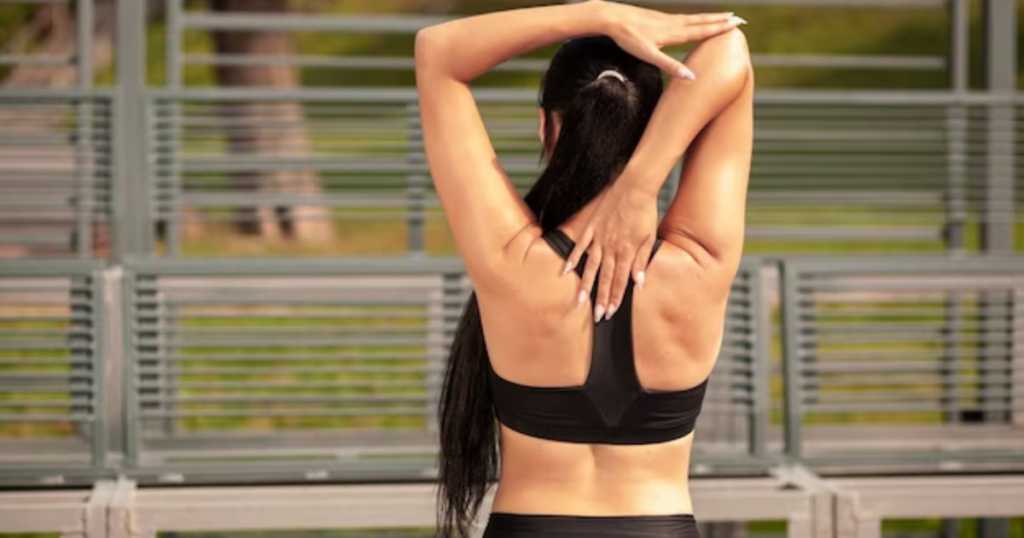
Common Mistakes in Brachioradialis Workouts
Several typical faults in brachioradialis workout can slow growth and raise the risk of injury. Here are some of the pitfalls to avoid.
Using inappropriate form: Incorrect form, such as swinging the weights or lifting with momentum, lowers the effectiveness of the exercise and raises the danger of strain or injury. Always put appropriate form first, focusing on controlled movements and stimulating the targeted muscles throughout the workout.
Lifting too heavy: Lifting too much weight might affect form and cause muscular strain or joint discomfort. Begin with lesser weights and progressively raise the resistance as your strength improves, ensuring that you maintain perfect form throughout each repetition.
Neglecting full range of motion: Failure to complete the full range of motion during brachioradialis exercises reduces muscle activation and growth potential. To get the most out of the workout, make sure to fully extend and tighten your forearm muscles with each repetition.
Ignoring grip variations: The brachioradialis muscle can be targeted from various grip positions, including neutral, pronated, and supinated, to ensure full muscle growth and avoid imbalances, thereby promoting optimal workout routines.
Overtraining: Overworking the brachioradialis muscle without enough rest and recovery can slow growth and raise the risk of overuse problems. Allow enough rest between workouts and avoid training the same muscle group on consecutive days to encourage healthy recovery.
Focusing solely on isolation exercises: Isolation exercises like curls target the brachioradialis muscle, but incorporating complex movements can enhance overall strength and functional development. Mixing isolation and complex workouts is recommended.
Not warming up properly: Prioritize a dynamic warm-up regimen for brachioradialis workout, including forearm and wrist-specific movements, to prepare muscles, joints, and connective tissues for the next activity.
What’s The Best Way to Increase Forearm Size and Strength?
To increase forearm size and strength, a combination of targeted exercises, proper nutrition, and consistency is essential.
Techniques include wrist curls, reverse wrist curls, farmer’s walk, dead hangs, and plate pinches. Compound movements like deadlifts and pull-ups also engage the forearms.
Progressive overload is a technique where the weight or resistance is gradually increased to challenge muscles and promote growth.
Proper nutrition includes a balanced diet with a variety of nutrients, including healthy fats and carbohydrates, and adequate hydration. Consistency and rest are crucial, with regular training 2-3 times per week and 7-9 hours of sleep per night.
Supplementation, such as protein powder, creatine, or BCAAs, can be considered if necessary. By combining these exercises with a balanced diet, progressive overload, and consistency, you can effectively increase the size and strength of your forearms.
Best Exercises for Brachioradialis
1. Hammer Curls
Hammer curls are a wonderful way to start working on the brachioradialis muscle. To do this exercise:
- Stand tall, holding a dumbbell in each hand, palms facing your body.
- Keep your elbows close to your torso and curl the weights upward, concentrating on squeezing the brachioradialis.
- Pause briefly at the apex of the action before carefully lowering the weights back to the starting position.
- Aim for three sets of 12 to 15 repetitions, with controlled movements throughout.
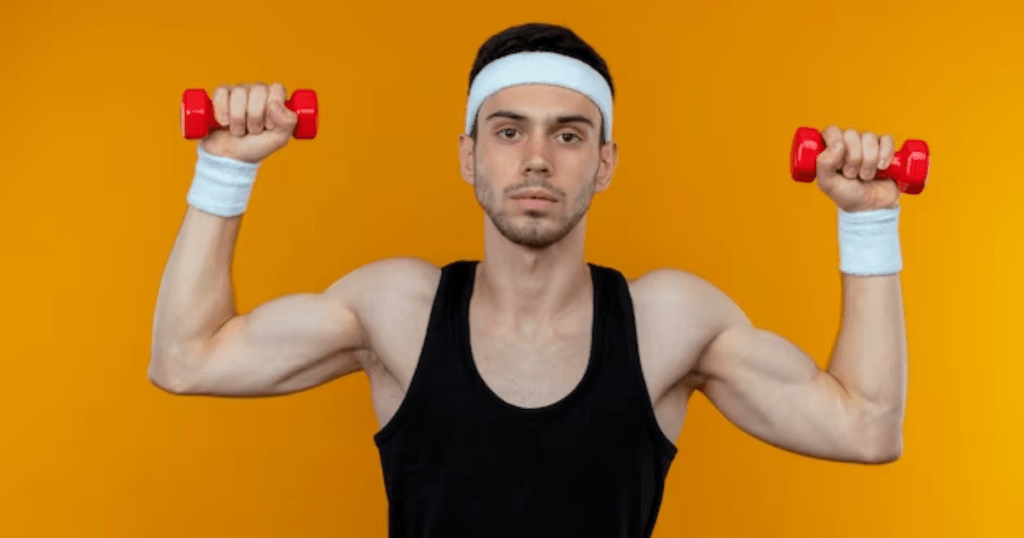
2. Reverse Curls
Reverse curls target the brachioradialis while simultaneously working the brachialis and forearm muscles. Here’s how to do reverse curls.
- Stand with a shoulder-width hold on a barbell and palms down.
- Curl the barbell upwards with your elbows close to your torso, until your forearms are parallel to the ground.
- Hold for a second at the top, then carefully lower the barbell back down.
- Aim for three sets of 10-12 repetitions, with emphasis on maintaining appropriate wrist alignment throughout the action.
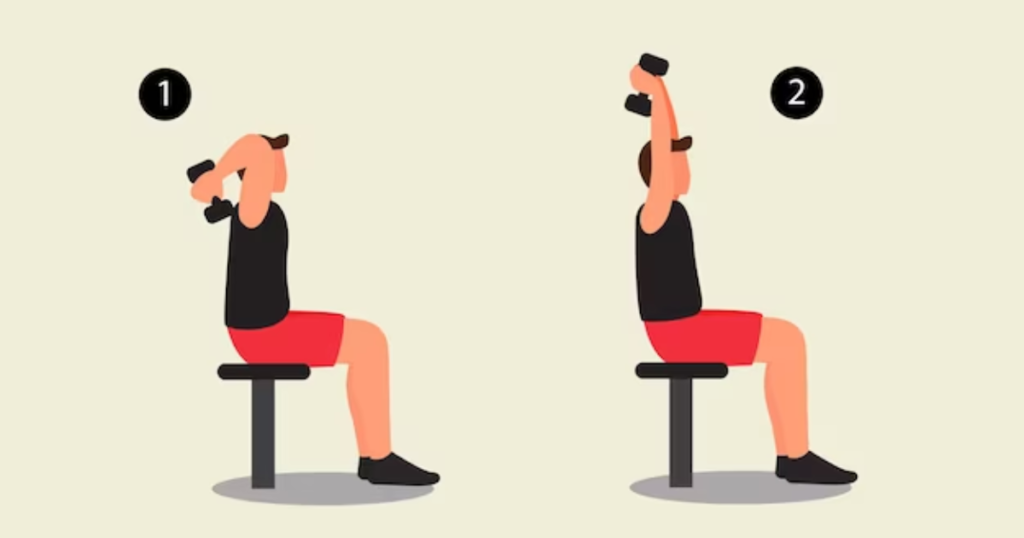
3. Wrist Curls
Wrist curls are a great isolation exercise for targeting the brachioradialis and building wrist strength. Follow these instructions to do wrist curls:
- Sit on a seat or chair with a dumbbell in each hand, palms up and wrists resting against your thighs.
- Slowly curl the weights up by flexing your wrists, then lower them back down.
- Throughout the workout, focus on smooth and controlled motions, with a particular emphasis on brachioradialis contraction.
- Aim for three sets of 15-20 repetitions, increasing the weight as your strength develops.
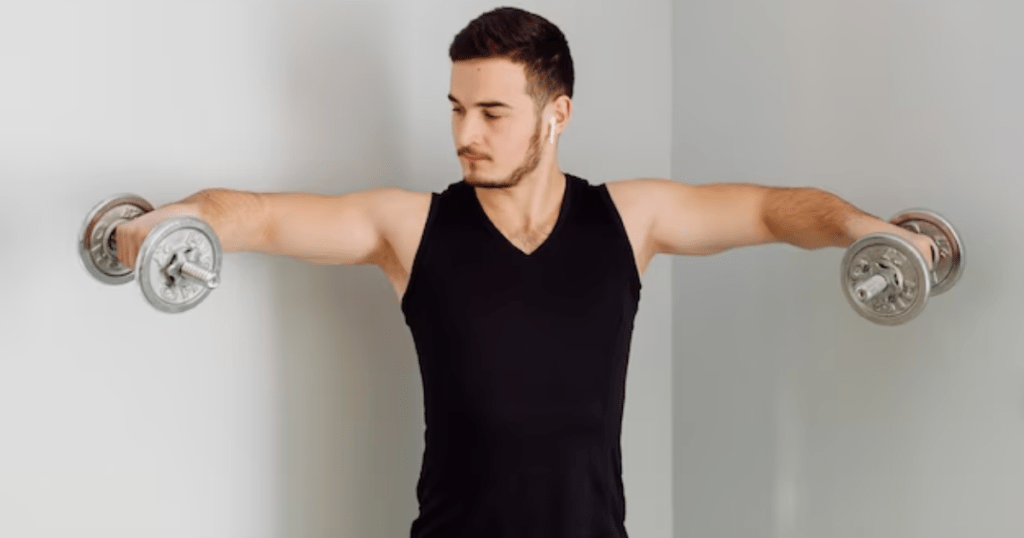
4. Reverse Preacher Curls
Reverse preacher curls are a terrific stretch and contraction for the brachioradialis muscles. Here’s how to do this activity.
- Position yourself on a preacher bench, chest against the pad, arms extended, palms facing down.
- Curl the barbell or dumbbells upwards while keeping your elbows immobile and concentrating on the brachioradialis contractions.
- Lower the weight back down gradually, feeling the stretch in your forearms.
- Aim for three sets of ten to twelve repetitions, focusing on strict form throughout the action.
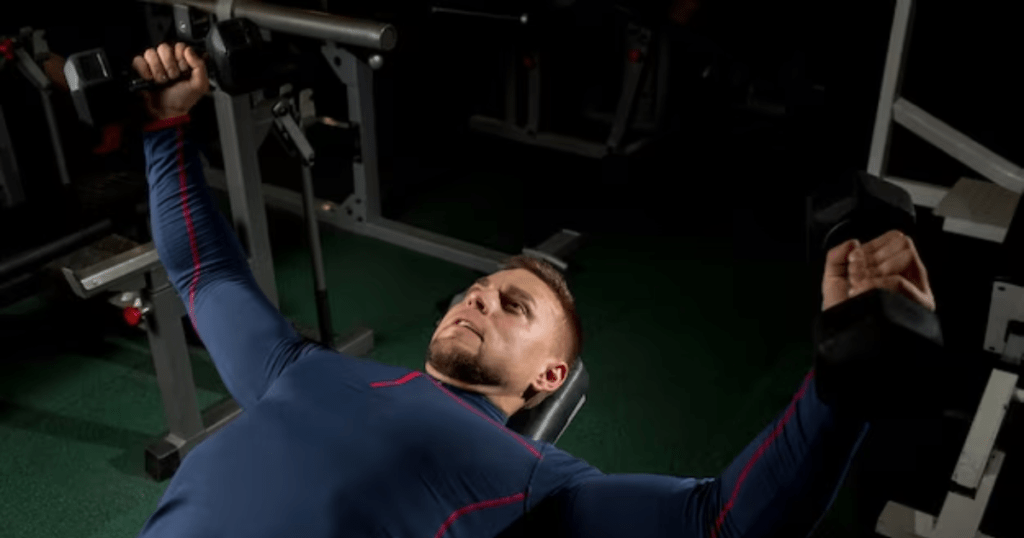
5. Zottman Curls
Zottman curls are a compound exercise that works several muscles in the arms, including the brachioradialis. Follow these instructions to do Zottman curls:
- Stand tall, holding a dumbbell in each hand, palms up.
- Curl the weights up while rotating your wrists until your palms are facing down at the top of the exercise.
- Slowly drop the weights back down, then rotate your wrists back to their starting position, palms facing up.
- Aim for three sets of ten to twelve repetitions, focusing on controlled motions and appropriate wrist alignment.
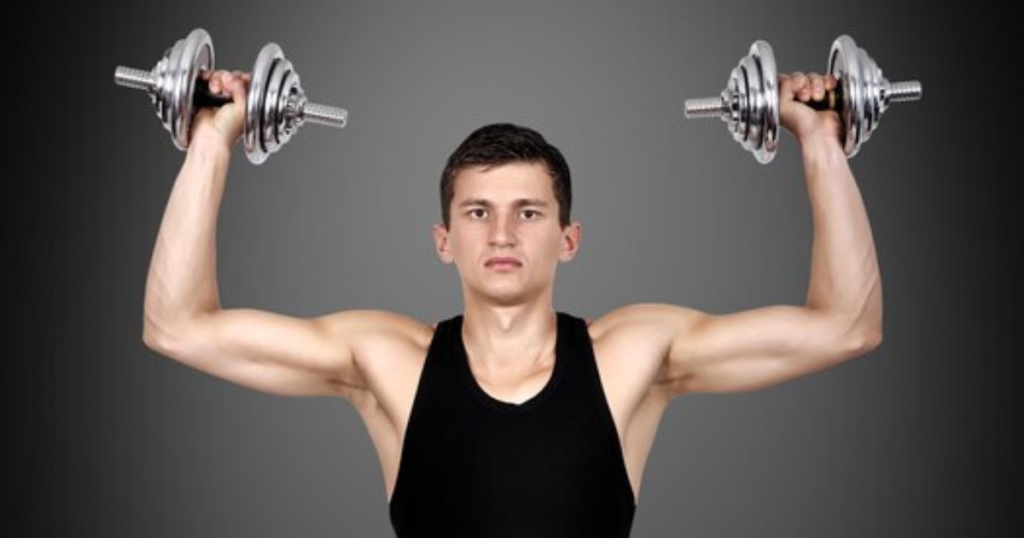
6. Pronated Grip Pull-Ups
Pronated grip pull-ups are an advanced bodyweight exercise that efficiently targets the brachioradialis, as well as other back and arm muscles. Here’s how to do pronated grip pull-ups.
- Hold the pull-up bar with your palms facing away from you, somewhat wider than shoulder width apart.
- Hang from the bar, arms fully extended, activating your core and maintaining a straight posture.
- Pull yourself up to the bar until your chin is above it, using on your back and arm muscles to lift you.
- Return with control to the starting position.
- Aim for three sets of as many repetitions as possible, progressively increasing the intensity as your strength grows.
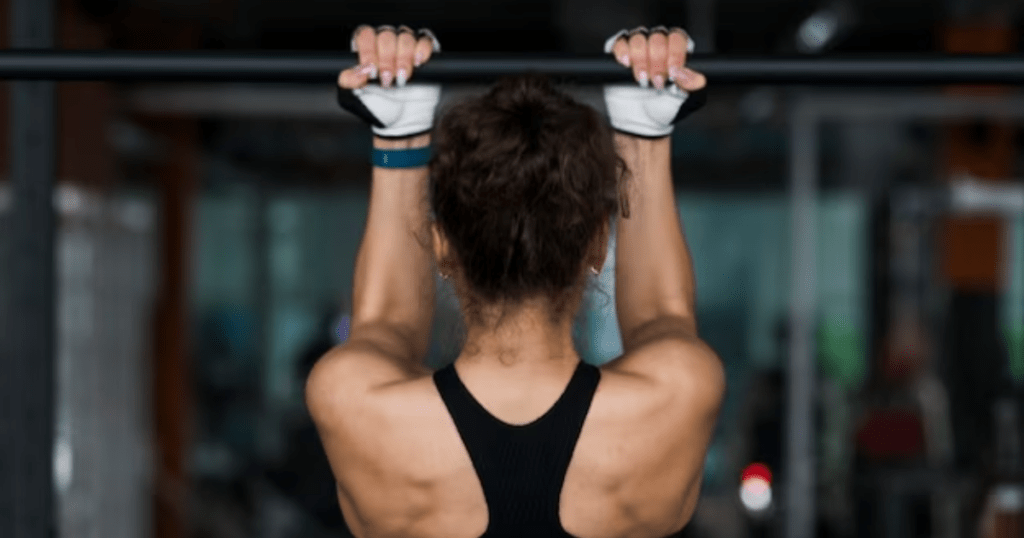
7. Reverse Cable Curls
Reverse cable curls apply consistent tension to the brachioradialis across the whole range of motion. Follow these instructions to do reverse cable curls:
- Attach a straight bar to a low cable pulley machine and choose the right weight.
- Face the machine and grab the bar with a shoulder-width hold, palms down.
- Exhale and curl the bar upwards, keeping your elbows tight to your body.
- Pause briefly at the apex of the action before carefully lowering the bar back to its starting position.
- Aim for three sets of 12-15 repetitions, keeping tension in the brachioradialis throughout.
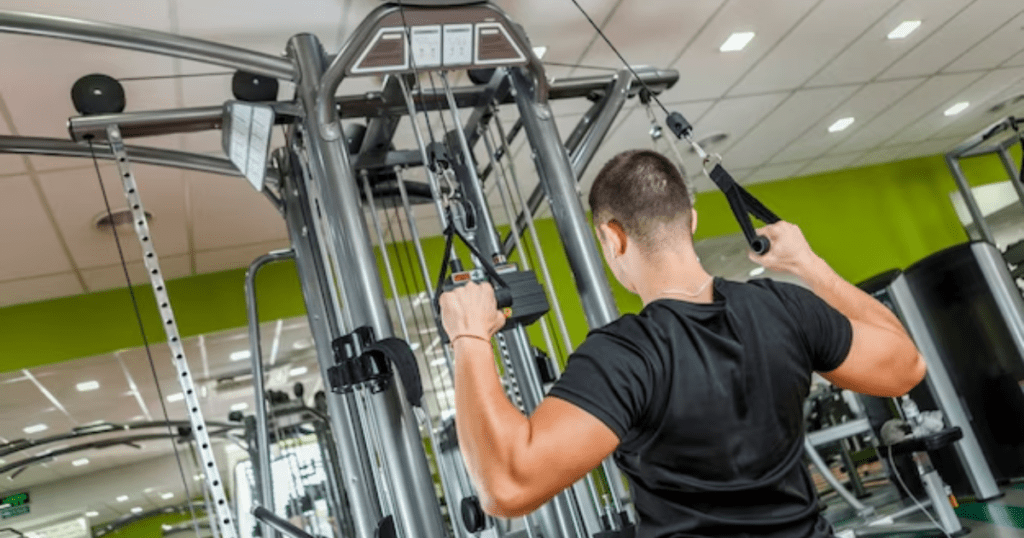
8. Barbell Reverse Wrist Curls
Barbell reverse wrist curls are an excellent exercise for targeting the brachioradialis and strengthening the wrist flexors. Here’s how to do barbell reverse wrist curls.
- Sit on a bench with your forearms resting on your thighs and palms facing down, grasping a barbell with an overhand grip.
- Flex your wrists and curl the barbell upward, focusing on the contraction in the brachioradialis.
- Lower the barbell back down steadily, feeling the stretch in your forearms.
- Aim for three sets of ten to twelve repetitions, with controlled movements and appropriate wrist alignment.
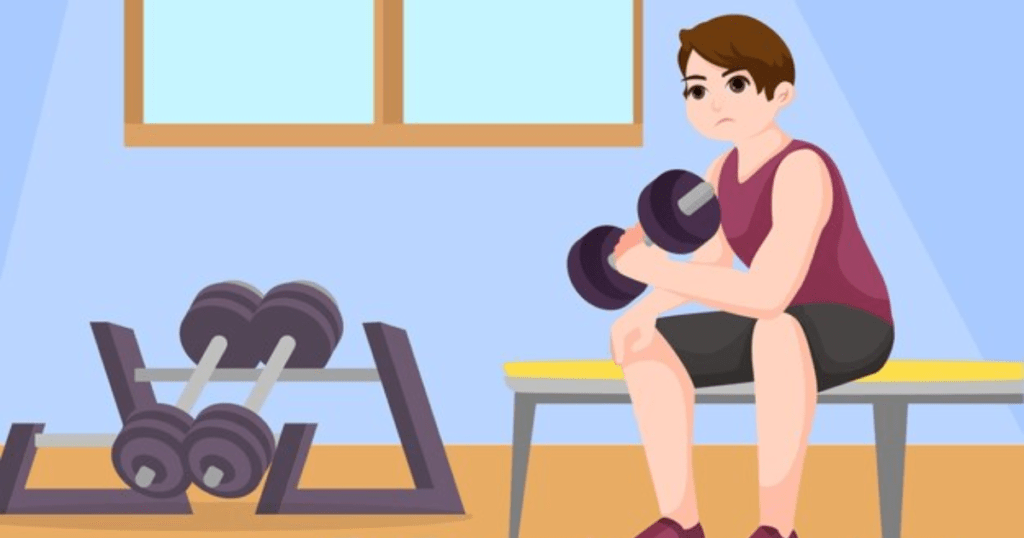
9. Reverse Dumbbell Wrist Curls
Reverse dumbbell wrist curls target the brachioradialis and wrist extensors, improving forearm strength and stability. Follow these instructions to do reverse dumbbell wrist curls:
- Sit on a bench with a dumbbell in each hand, palms facing down and wrists resting on your thighs.
- Curl the weights upward by extending your wrists, focusing on the contraction in the brachioradialis.
- Lower the weights back down in a controlled manner, feeling the stretch in your forearms.
- Aim for 3 sets of 15-20 repetitions, gradually increasing the weight as your strength improves.
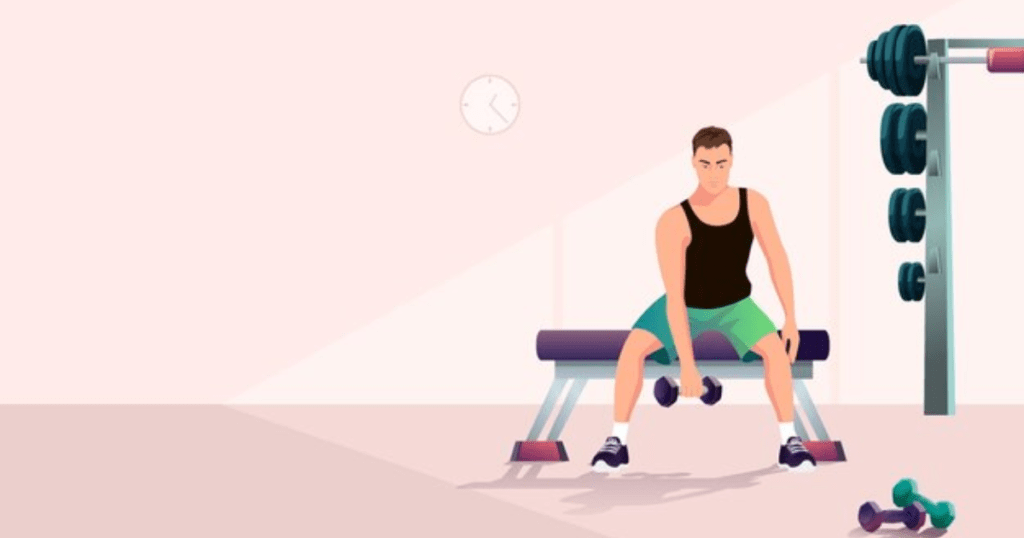
10. Farmer’s Walk
The farmer’s walk is a practical workout that focuses the brachioradialis while simultaneously increasing grip strength and upper body endurance. Here’s how to do the farmer’s stroll.
- Hold a heavy dumbbell or kettlebell at each side, with your shoulders back and your core engaged.
- Walk in a controlled manner, keeping an erect stance and a firm hold on the weights.
- Continue walking for a defined distance or time, striving to challenge yourself while maintaining proper form.
- Aim for three sets of 50 to 100 feet, progressively increasing the weight as your strength and endurance increase.
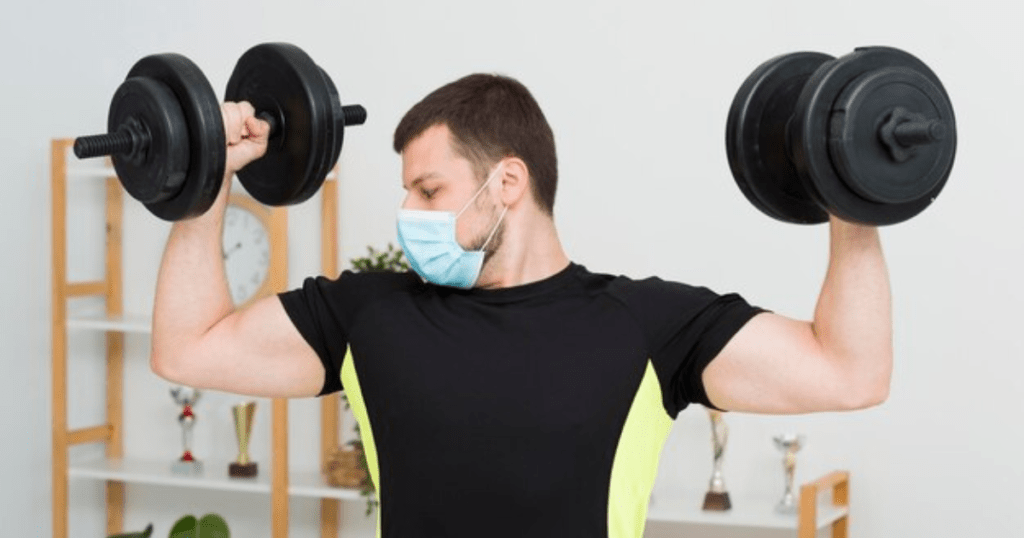
Structuring Your Brachioradialis Workout Routine
To design a training plan that specifically targets the brachioradialis muscle, focus on activities that effectively engage this muscle group. The brachioradialis is a forearm muscle that controls elbow flexion and supination. Here’s an example training plan that you may use to target and strengthen the brachioradialis.
Brachioradialis Workout Routine:
Warm-up:
- Wrist Circles: Warm up your wrists and forearms with two sets of 15-20 reps in each direction.
- Arm Circles: Warm up the shoulder joints with two sets of 15-20 reps forward and backward.
Main Workout:
- Reverse Barbell Curls:
- 3 sets, 8-12 reps.
- Curl a barbell up to your shoulders using an overhand grip (palms facing down), focusing on engaging the brachioradialis.
- Maintain controlled movements throughout the exercise.
- Hammer Curls:
- 3 sets, 8-12 reps.
- Curl dumbbells up towards your shoulders, using a neutral grip (palms facing each other).
- Keep your elbows close to your body and don’t swing the weights.
- Reverse Preacher Curls:
- 3 sets, 10-15 reps.
- Using a preacher curl bench, execute reverse curls with an overhand grip on an EZ bar, focusing on brachioradialis contractions.
- Maintain proper form and control your weight during the action.
- Dumbbell Wrist Curl (Reverse Grip):
- 3 sets, 12-15 reps.
- Sit on a bench with your forearms resting against your thighs and palms facing down, holding a dumbbell in each hand.
- Curl the dumbbells up while maintaining your forearms motionless.
- Lower the dumbbells back down with control.
Cool Down:
- Forearm Stretch:
- Hold each stretch for 15–30 seconds.
- Extend your arm straight out in front of you, palm down, and use your other hand to gently press the fingers towards your body to stretch the forearm muscles.
- Repeat with the palm facing upwards to target various forearm muscles.
- Tricep Stretch:
- Hold each stretch for 15–30 seconds.
- Bring one arm overhead, bend the elbow, and stretch your hand down to the centre of your back. To achieve a deeper stretch, use your other hand to gently push on the elbow.
Tips for Maximizing Brachioradialis Growth
To optimise brachioradialis growth, consider the following tips:
- Variety of Exercises: Include a variety of exercises that target the brachioradialis from different angles and grips. This enables complete muscle activation and growth.
- Progressive Overload: Continue to test your brachioradialis muscle by gradually increasing the weight, reps, or intensity of your exercises over time. Progressive loading is critical for muscular development.
- Focus on Form: Use appropriate form throughout your exercises to efficiently target the brachioradialis and prevent injury. Concentrate on controlled movements and a complete range of motion.
- Isolation workouts: Include workouts that target the brachioradialis, such as reverse curls, hammer curls, and reverse grip preacher curls. These exercises focus directly on the muscle and promote growth.
- Mind-Muscle Connection: During each exercise, focus on making a strong mental-muscle connection with your brachioradialis. Concentrate on feeling the muscle contract and squeeze at the top of every movement.
- Balanced exercise: Make sure your total exercise programme incorporates equal development of all muscle groups, including the brachioradialis. Balanced muscular growth not only enhances appearance but also lowers the likelihood of imbalances and injuries.
- Proper Nutrition: Eat a well-balanced, protein-rich diet to support muscle growth and repair. Ensure that you are consuming enough protein, carbs, healthy fats, and vitamins to support muscle building.
- Adequate Rest and Recovery: Give your muscles enough time to recuperate between sessions. Muscles grow throughout the recovery period, therefore prioritise appropriate sleep, water, and diet to maximise recovery.
- Consistency: Consistency is essential for muscle growth. Maintain your workout routine and incorporate brachioradialis training into it on a regular basis.
The Role of Nutrition in Supporting Brachioradialis Development
The brachioradialis muscle, crucial for elbow flexion and forearm pronation, requires proper nutrition for its development and strength. Protein intake, caloric surplus, carbohydrates, healthy fats, micronutrients, and hydration are essential for muscle repair and growth.
A balanced diet rich in fruits, vegetables, whole grains, and lean proteins supports overall health and hormone regulation, promoting muscle development.
Are Direct Brachioradialis Exercises Required For Everybody?
Direct brachioradialis exercises are not required for everyone, as the brachioradialis muscle is frequently activated during compound motions and gripping or pulling activities.
However, including specialised workouts that target the brachioradialis might be advantageous for individuals trying to grow or strengthen this muscle, especially if it is a weak spot or if they have specific aesthetic or functional objectives.
More from Author: Single Arm Tricep Pull Down
Final Words
In conclusion, incorporating targeted brachioradialis workout into your training routine can enhance forearm strength, aesthetics, and functional performance. By focusing on proper form, exercise selection, and progressive overload, you can effectively stimulate muscle growth and minimize the risk of injury.
Remember to prioritize rest, recovery, and nutrition to support optimal muscle development. Start incorporating these tips into your workout and watch your brachioradialis strength and size improve over time.
Frequently Asked Questions
What is the Brachioradialis muscle and why is it important?
The Brachioradialis is a muscle in the forearm. It allows you to perform things like pick up objects, turn doorknobs, and even type on a keyboard. So it’s quite important for everyday tasks!
How can I strengthen my Brachioradialis muscle?
You can strengthen your Brachioradialis by performing exercises such as hammer curls, reverse curls, or just holding onto heavy objects and lifting them upward. These workouts work the forearm and strengthen the Brachioradialis muscle.
Do I need special equipment to workout my Brachioradialis?
You don’t need fancy equipment! Brachioradialis workout can be done with dumbbells, resistance bands, or even household items like water bottles or soup cans. It’s easy to do at home!
How often should I do Brachioradialis workout?
You can undertake Brachioradialis workout a few times per week, perhaps two or three. It’s important to allow your muscles to recuperate and develop stronger between workouts, so don’t overdo it!
Will working out my Brachioradialis make my arms look bigger?
Working out your Brachioradialis will help your arms appear more toned and sculpted. But remember, it’s not only about appearance; having strong muscles allows you to complete everyday duties with ease and maintains your body healthy! So, strengthen your Brachioradialis muscles for strength and style!

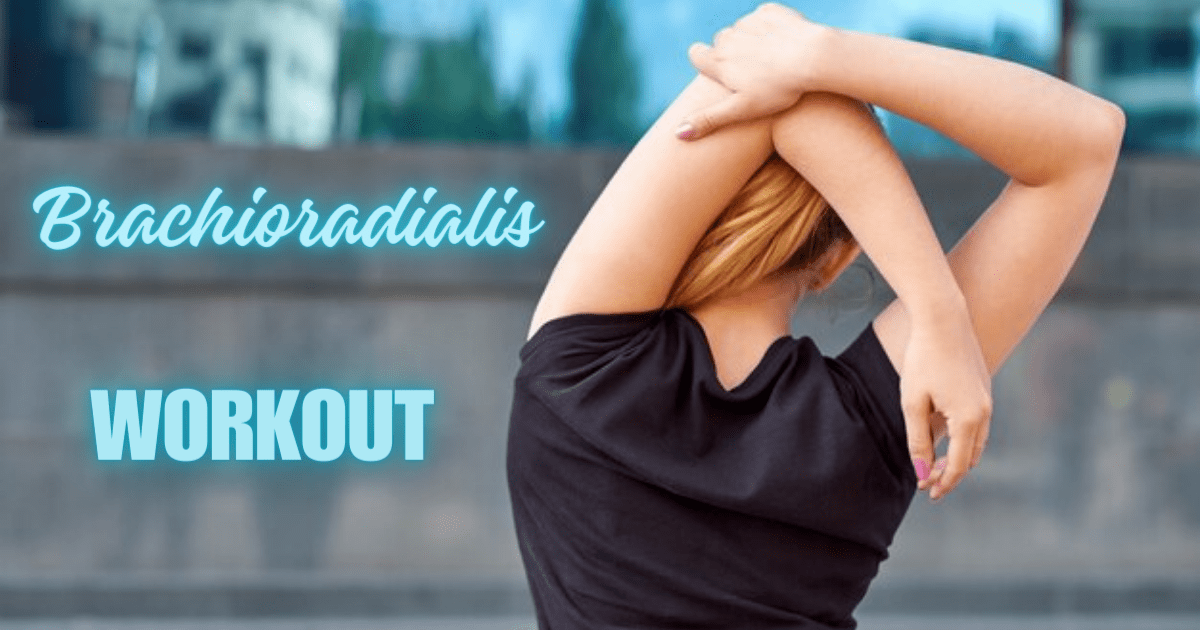







Leave a Reply